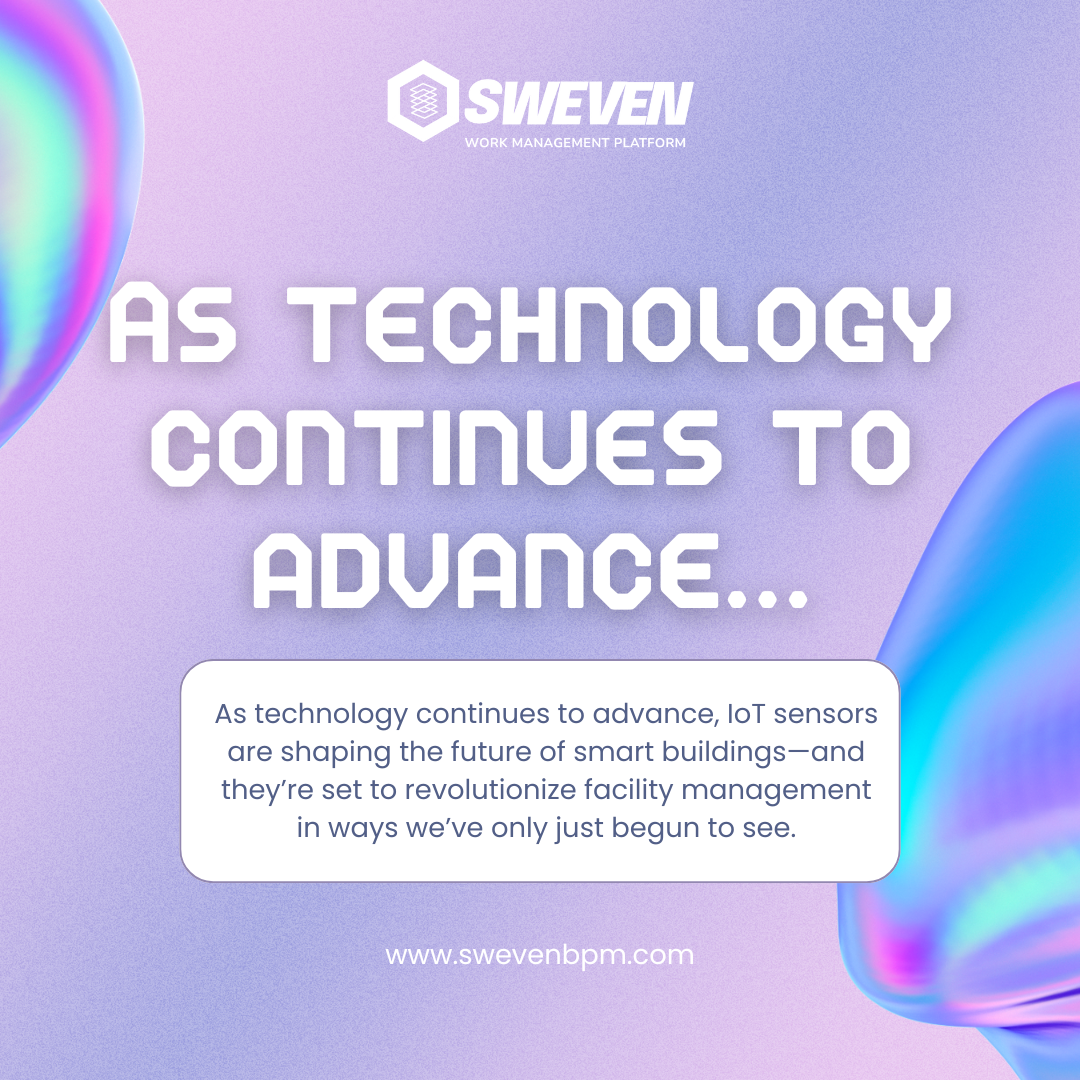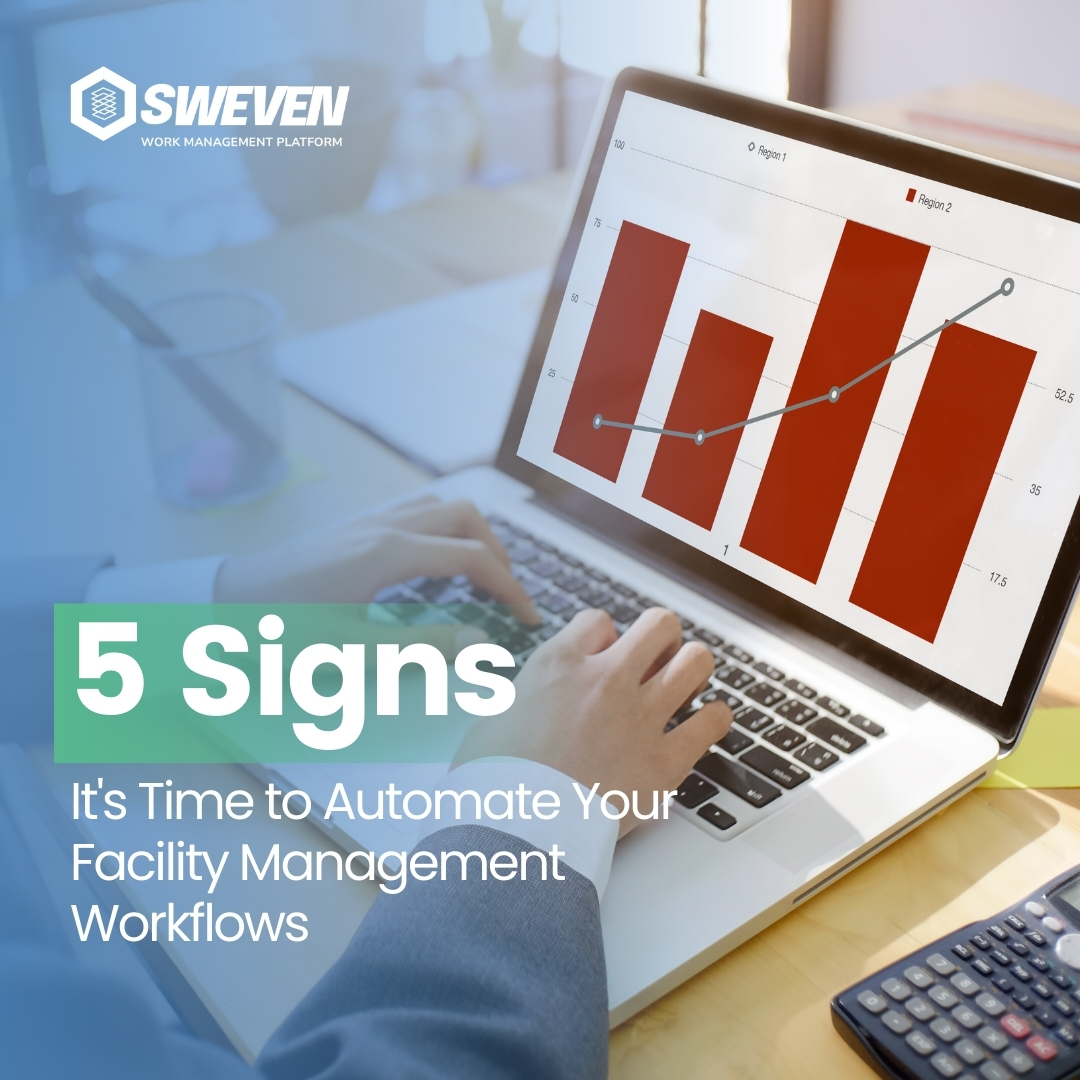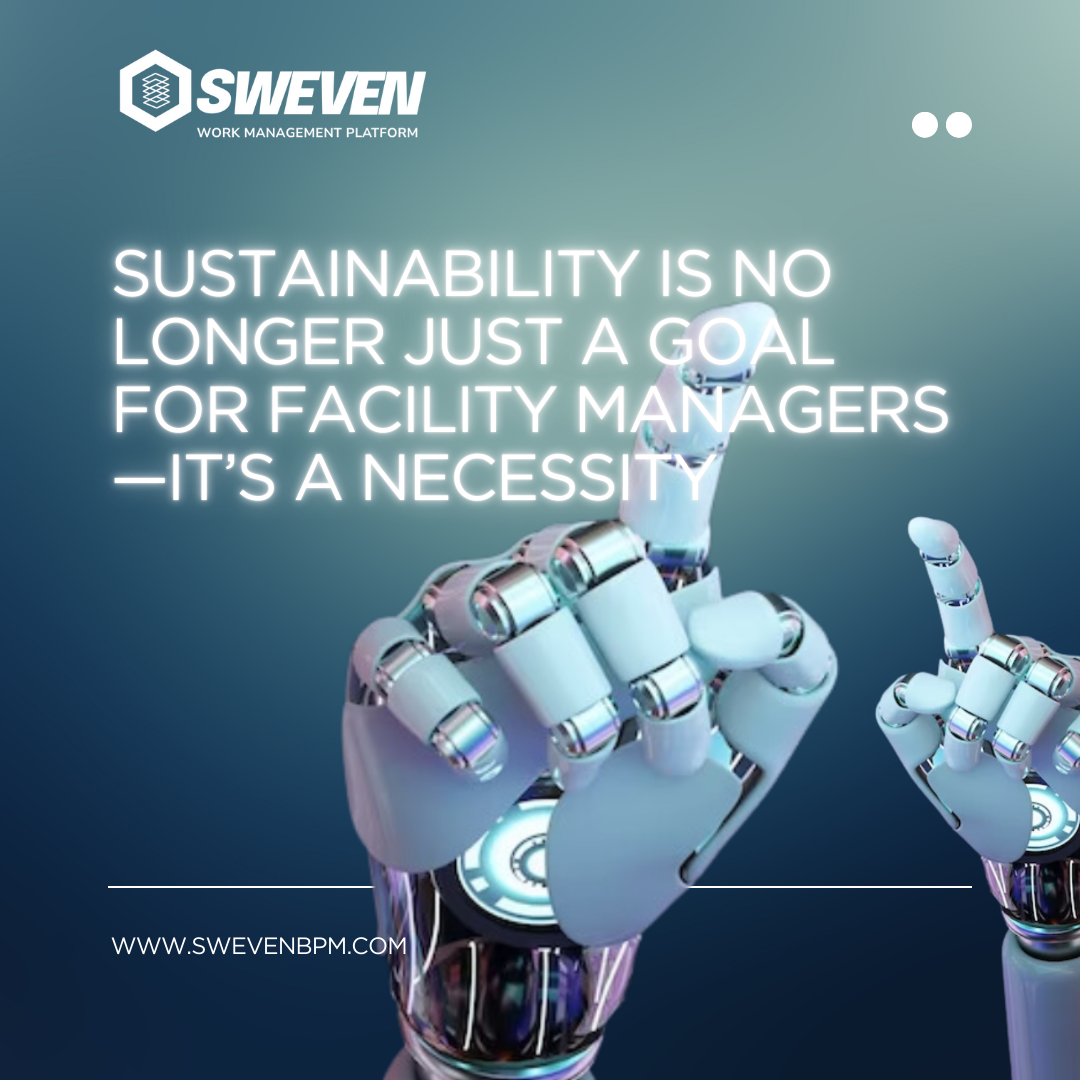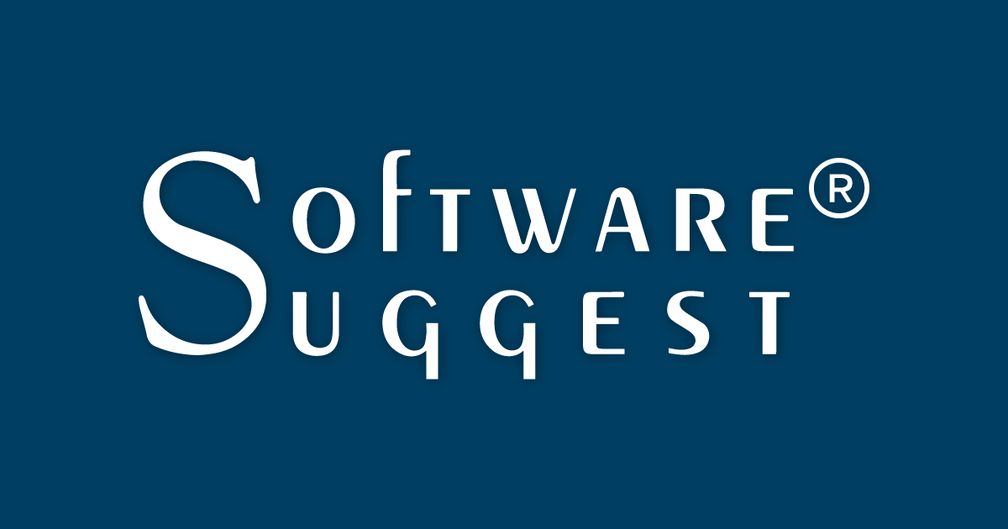Industry is being transformed by digital technologies and facilities management is no exception.
Intelligent buildings, smart sensors and face recognition systems are a huge step, however instead of thinking of something like seen on sci fi movies, these are doubtlessly becoming a norm.
Facilities will no longer be inert places for operations and production, they are becoming autonomous, responsive, creating comfort to their users and surroundings.
How smart technologies may benefit the facilities, managers and visitors
By warning or anticipating the minimal complications
Facility managers are most of the time fixing things assuming their reactive role or dealing with complaints. Maintaining and keeping track of multiple systems in a building is time-intensive and time-consuming. Intelligent systems help managers to take a much more proactive and predictive approach having a clear picture of what is happening across the spaces at any time. Sensors are able to measure a lot of variables on “in-progress” activities far more than any team of humans could ever think of capturing by hand. This provides huge information on which facility managers can base their decisions, empowering them to concentrate on planning when, where and how to spend their time. To prevent the disturbance originated by breakdowns, occupancy sensors for example, help identify high-demand areas which may become a regular maintenance target, while current transformers (CTs) (also known as current sensors) monitor wires, equipment and can help detect any hazard beforing happening. A predictive maintenance like this can increase building lifespan, and minimize overall maintenance budget.
Making a more pleasant experience for the users at the buildings.
Definitely smart sensors can boost the experience for the visitors and people who work at the buildings. Sensors can be used to monitor the smoke and CO2 level, everything from humidity to temperature making sure the environment is comfortable and worth staying. Once again, occupancy sensors may be used for showing room availability and automatically update the current book system. That could save a huge amount of time avoiding the trouble of a double-book meeting room or by helping them to find a silent place to work at.

























